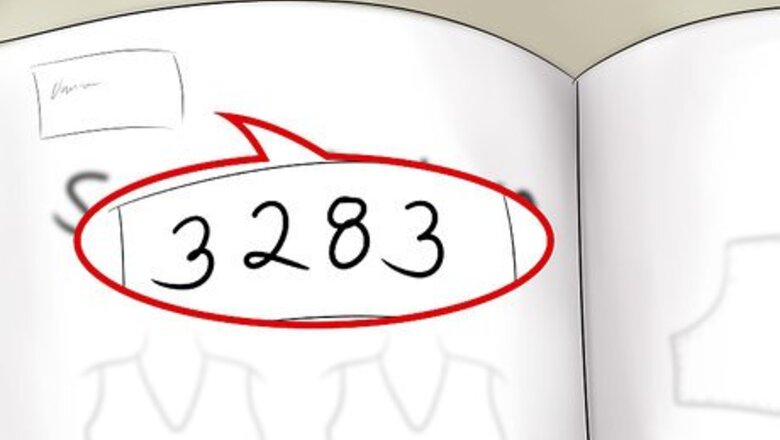
views
Reading the Front of the Pattern Envelope
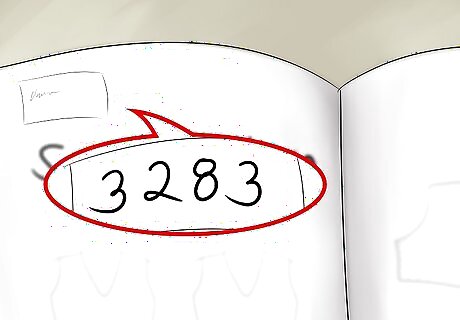
Locate the pattern number. On most commercial patterns, the pattern is located in the top left corner. This number is used to identify the pattern design and size. Smaller pattern companies may replace the pattern number with a name.
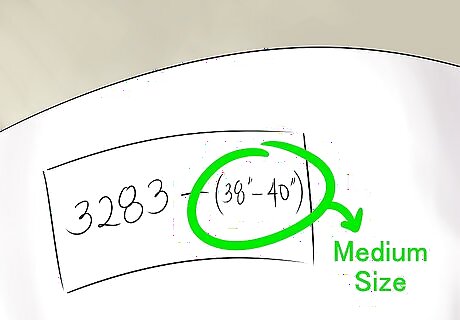
Identify the sizes available in the pattern. Sewing patterns are not one size fits all. Each pattern comes in multiple size ranges. Before purchasing a pattern, check the size range located to the right of the pattern number to make sure your size falls within the range.

Study the pictures and design variations. Pictures and or drawings of the garment will appear on the front of the pattern envelope. In addition to selling the garment, the images provide inspiration for fabric selection and information on how the garment is intended to fit. The images also depict design variations. The pattern contains the pieces necessary to create all of the variations.
Reading the Back of the Pattern Envelope
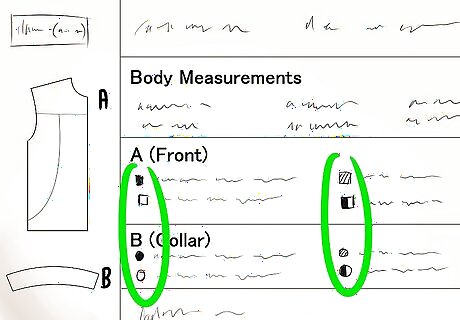
View the design drawings. The design variations, also called “views,” also appear on the back of the envelope. These line drawings include more design details, such as darts, seam lines, and potential lengths. Each view is identified by a symbol, typically a letter. The symbol is used in charts and the pattern to identify information about that specific view.
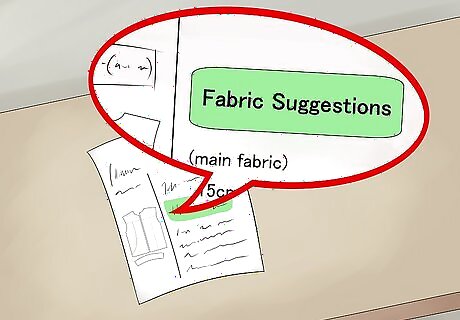
Read the fabric suggestions. The back of the pattern envelope contains a list of fabrics suitable for this garment. Read through the list carefully. Select a fabric that is appropriate for the garment and that you are comfortable working with.
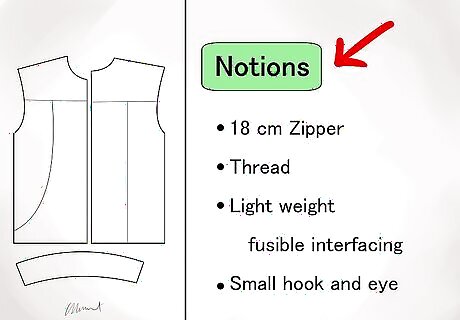
Read the notion and trim requirements. In addition to fabric, your pattern may require notions and trims. The “Notions” section will list all of the additional pieces you will need to complete the garment. These may include items such as zippers, hook and eye closures, and elastic.
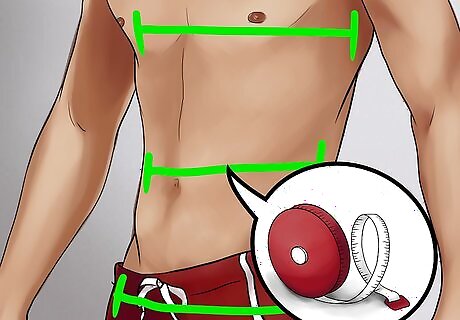
Study the body measurement and size chart. Pattern sizing rarely aligns with ready to wear sizes. When cutting the pattern, you will follow lines for a specific size. Therefore, it is essential to accurately determine your size instead of assuming that you are a certain size. Use a measuring tape to measure various points on your body listed on the pattern envelope, such as your chest or bust, waist, and hips. Match your measurements to the measurements provided on the chart to determine your pattern size.

Asses the fabric requirements. The fabric requirements are listed directly below the body measurement and size charts. Locate the row containing the design variation you intend to create. Follow the row over until you reach the column containing your pattern size. The number in this cell is the amount of yardage you will need to complete the garment in your pattern size. Most patterns will list alternative lengths for different widths of fabrics (45 inches wide v. 60 inches wide).
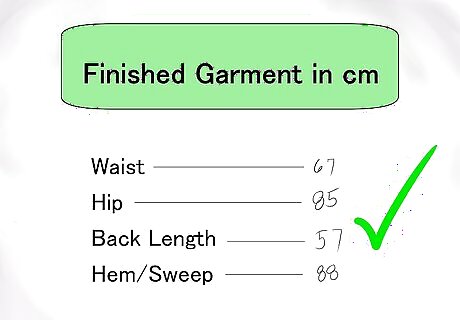
Note the finished garment measurements. The last box in the chart contains information on the finished garment measurements. The finished garment will be slightly larger than your body measurements to allow for ease, or the fabric added to a garment so you may wear it comfortably. This information is often printed onto the pattern as well.
Reading the Instructions

View the line drawings. The first page of the instruction booklet depicts images of the garment and its design variations. The line drawings show the front and the back of the garment. Under each drawing, you will once again find the garment’s corresponding symbol, typically a letter.

Study the pattern pieces. Manufacturers often include line drawings of all the pattern pieces. Each image will be labeled, typically with a number. The number corresponds to a descriptive list located below the line drawings. After reading the rest of the instructions, you may wish to mark which pattern pieces you will need.
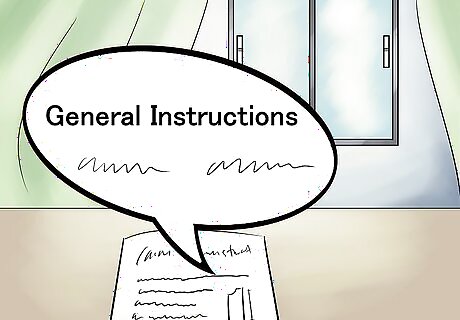
Read the general sewing instructions. Prior to cutting and constructing your garment, devote time to reading the general sewing instructions thoroughly. This section contains information that may prevent you from making construction errors. It will provide you with details on items such as seam allowance and zipper insertion.
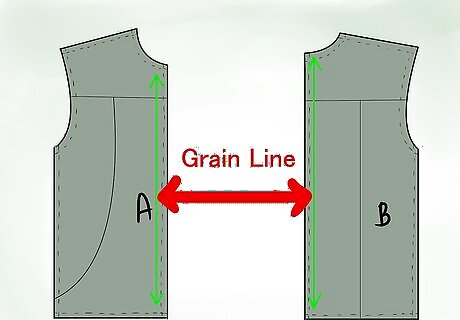
Study the cutting layout for your garment. Every design variation is accompanied with a corresponding cutting diagram. The layout depicts how all of the pattern pieces fit on the allotted amount of fabric. When viewing the diagram, make note of the following: The grain line. The grain of the fabric runs parallel to the selvages of the fabric—the selvages are the finished edges of the fabric.. Each pattern piece will contain a line of arrows that corresponds to the grain line. Bent grainline symbols. If a grainline symbol is bent at the top, this means the piece should be placed on a fold. Double layer of fabric. A pattern may call for a specific piece to be cut out of a double layer of fabric.
Reading the Pattern

Locate the pattern pieces required for your garment. Unfold the pattern and lay it out on a flat surface. Retrieve your instruction book and turn to the cutting layout guide for your pattern. Use the cutting diagram to help you identify the pieces you will need for your garment. The pattern pieces diagram may also be useful.
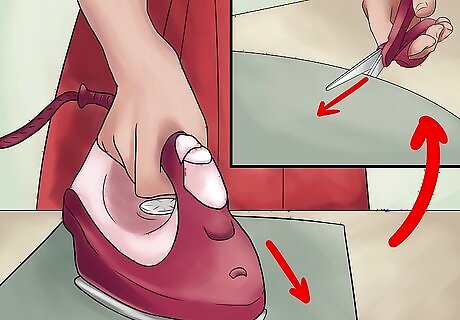
Iron the pattern and cut out the size you need. Set your iron on low. Once the iron is preheated, iron the pattern. This will get rid of any wrinkle and folds in the paper. Carefully cut out each of the pieces at the correct size from the piece of pattern paper.

Identify the symbols on the pattern pieces. Patterns contain various symbols. After cutting the pieces, familiarize yourself with the symbols printed on the pattern: Single, heavy line: this is a cutting line. Double parallel lines: these lines are used to lengthen or shorten a garment. Triangles: triangular notches indicate where one piece will join with another piece. Dots: these empty or filled circles indicate where seams start and stop.

Prep your fabric. Prior to cutting the pattern, you must properly prepare the fabric. Wash, dry, and iron the fabric. Fold your fabric as instructed in the pattern. Lay out your washed and ironed fabric on a flat surface—the wrong side of the fabric should face up unless specified otherwise. Always double check to make sure your fabric is machine washable.
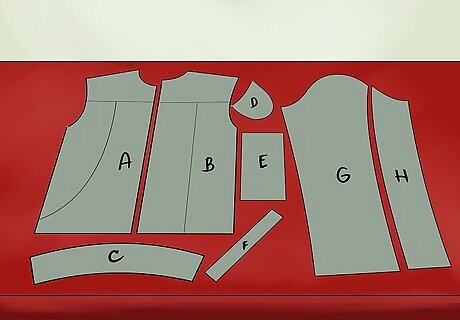
Arrange the pieces on your fabric. Flip the instructions open to the cutting diagram for your garment. Place and pin the pieces onto the fabric as described and shown in the cutting diagram. Before cutting, make sure your pieces are properly aligned with the grainline of the fabric.

Cut the pattern. Retrieve a pair of sewing scissors. Carefully cut out the pattern. Rotate the fabric as needed.




















Comments
0 comment